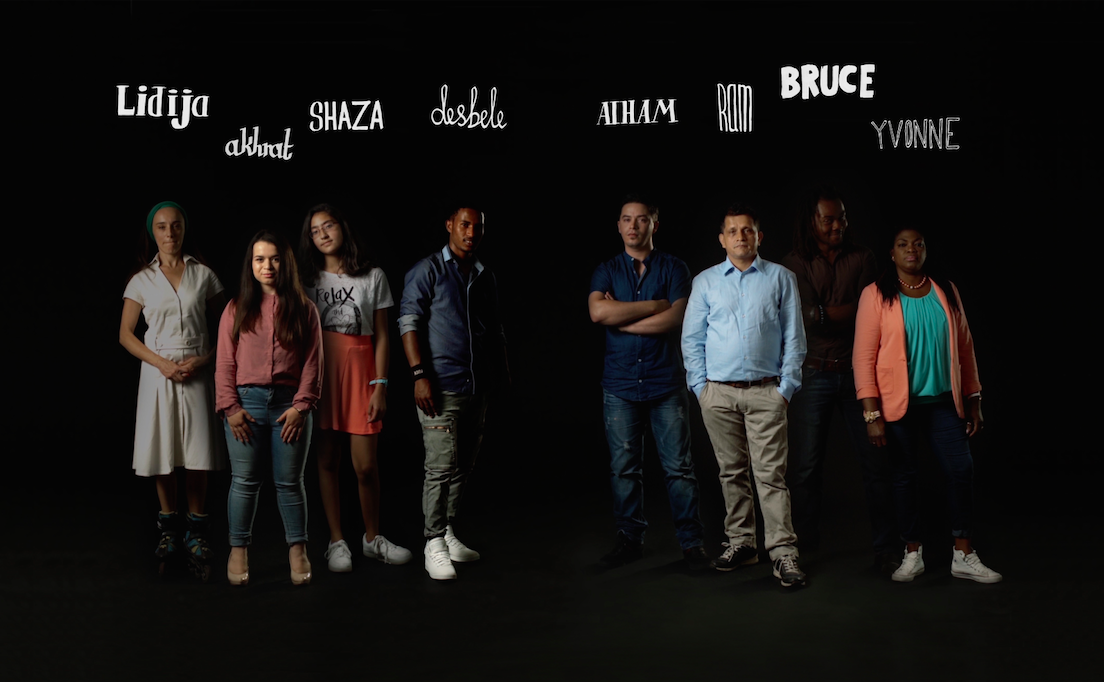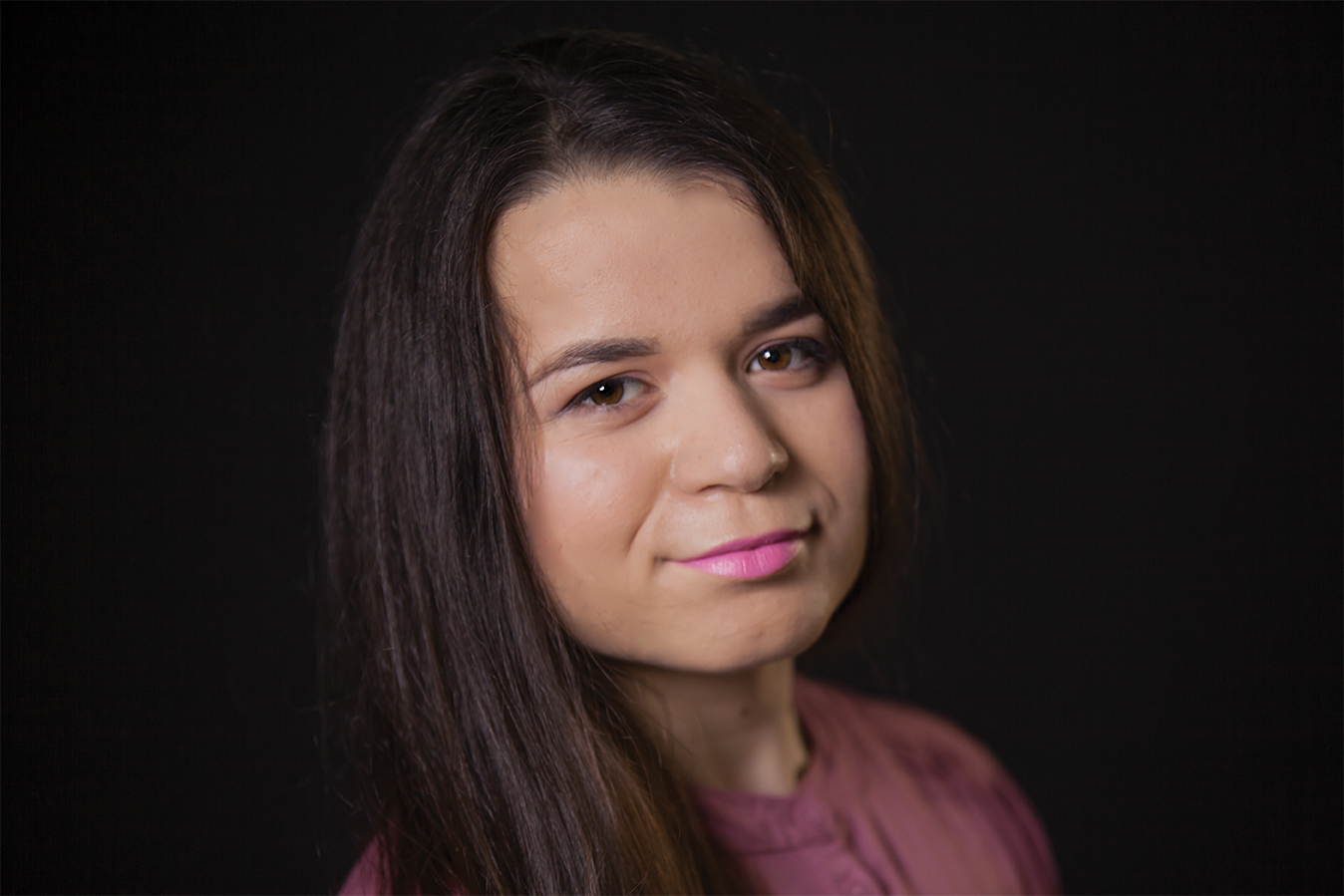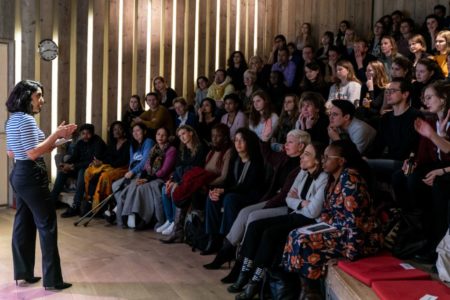Update 23 november: Due to circumstances this event is canceled unfortunately.
Photographer Donald Weber has examined the sand beaches of the Northern coast of France, inch by inch, using the latest forensic analysis techniques. Deep in the sand, he found tiny remains of war material from World War II. With this, he traced back the precise course of the D-day invasion. During this edition of our photography program In The Picture, we talk with him and with researcher Zuzanna Dziuban about his project War Sand, and about the deep, often invisible marks that war leaves behind in a society.
War Sand is not only a search for microscopic remnants of World War II, but also confronts us with questions on how we write history, and how we tell stories about violence and war. Why do some historical events and places get a prominent place in our history and social consciousness, while others are forgotten and literally overgrown? Why is it important to make these invisible places visible again? And what role can art play in this?
About the speakers
- Donald Weber. Photographer whose work examines the transformations of history through narrative. He is a Guggenheim Fellow and serves on the faculty of the Royal Academy of Art in The Hague. War Sand is his fourth publication.
- Zuzanna Dziuban. Postdoctoral researcher at the Amsterdam School for Heritage, Memory and Material Culture. Her current research focuses on the contemporary European memory, the relations between violence, memory and space, and on the post-Holocaust politics of dead bodies. She works on the research project ‘Deathscapes – Landscapes – Public Art: Material, Political and Affective Afterlives of Nazi Extermination Camps.’
Join the discussion and stay up to date at our Facebook event.






